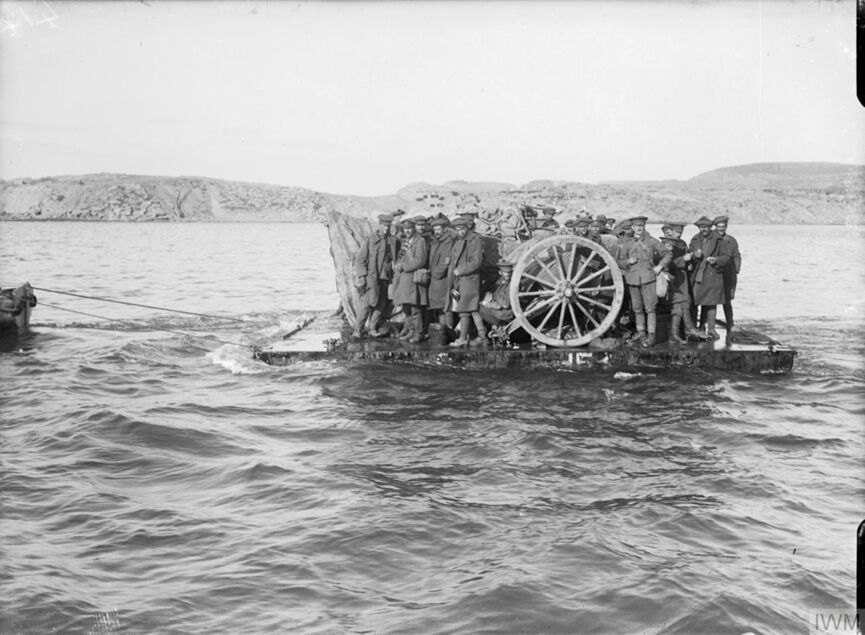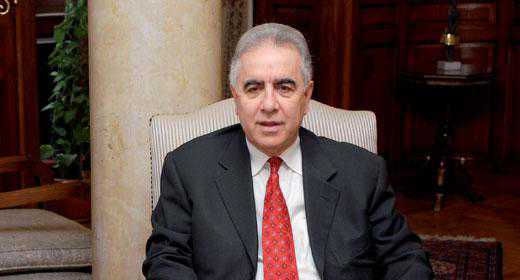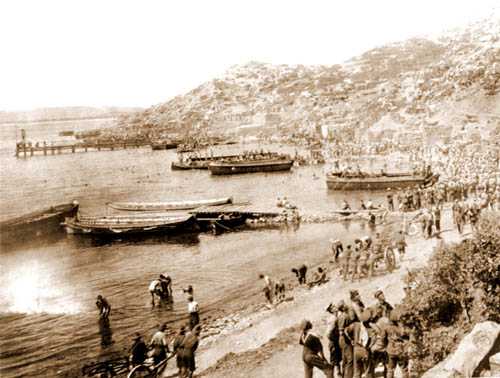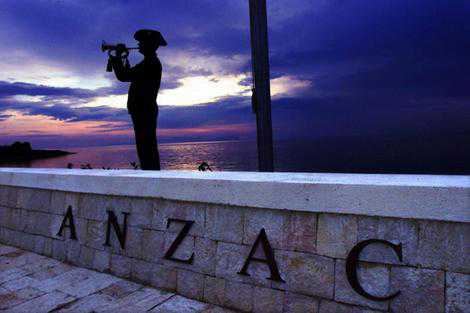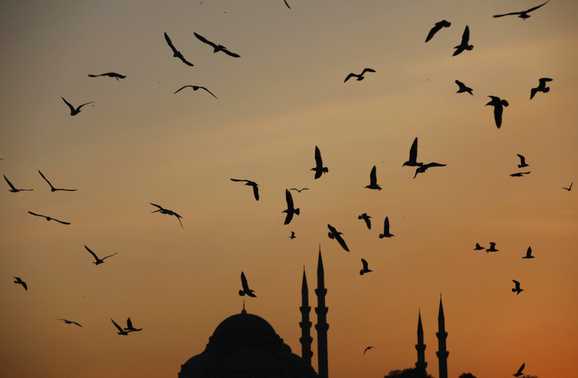Playing the 2015 Australia vs New Zealand Anzac rugby league test match in Turkey is a ridiculous idea for many reasons, says Lynn McConnell, senior editor of Sportal.co.nz.
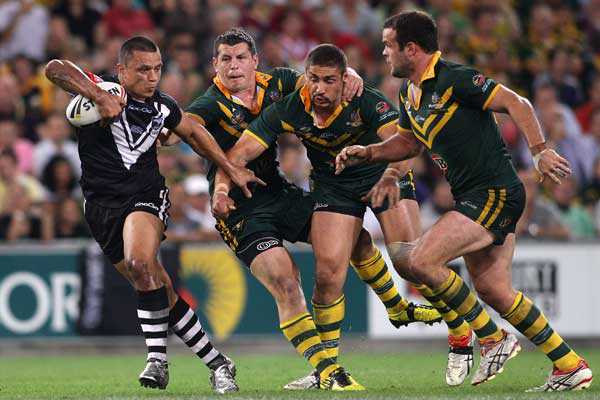
An Anzac rugby league Test in Turkey to celebrate 100 years since the horrific calamity foisted upon Australia and New Zealand by the British High Command at Gallipoli?
Sorry, it doesn’t wash. Why not play the match on the war graves of those who died in the shambles while they’re at it?
If New Zealand and Australian rugby league authorities were consistent in their thinking on playing a Test in Turkey in 2015 to commemorate the centenary of the Gallipoli landings, they would acknowledge (as surveys have found) that many Australians don’t even realise the NZ in Anzac stands for New Zealand.
They could also have played this annual match in New Zealand more often to acknowledge the contribution Kiwis made in the campaign.
They might also more correctly relate it to the actual Anzac Day and play it on the day on which the Turkish campaign is commemorated. Note, that was “commemorated” and not celebrated.
Apart from anything else, the prospect of the match further implicates the league authorities in utilising the Anzac name for potentially commercial gain. It is still illegal in both countries for the name Anzac to be used in company names.
The tragedy of it is that instead of acknowledging what this day is all about, the league authorities are in danger of making the day itself a sideshow to the match.
No doubt they are banking on those who attend the dawn service making it back to Istanbul in time for the game. That in itself is no guarantee given some of the reported traffic problems involved in clearing the peninsula.
But clearly the marketing people have realised the likely financial shortfall in staging such a match is at least a sign that their interests are correctly placed and not being seen as a “commercial” opportunity.
One report had the respective rugby leagues of both countries and the NRL working in secret because they didn’t want to alert the Australian Rugby Union.
Given that the SANZAR nations will be involved in their Super Rugby competition at that time next year, you would have to wonder what all the secrecy was about.
League authorities are unabashed in their claims of a special connection with the Anzac legend with ARL boss Geoff Carr claiming some sort of league ownership of wartime commitment.
“With 100 years since Gallipoli coming up, to have the opportunity to celebrate it with a game that is 100 years old itself, when so many rugby league players fought in all the wars since, it was something we just had to pursue,” he reportedly said.
Whoop de do, what about the sportsmen and women across the board who similarly fought in various conflagrations? It’s a clear case of selective amnesia if ever there was. What else might be targeted for future events?
The list is endless and runs the risk of becoming a circus. There are numerous battlefields in Europe, North Africa (ah well, with events in Libya at the moment Tobruk can’t be considered), the Pacific, Korea, Vietnam and Afghanistan where various incidents could be related.
Sport, in George Orwell’s words, may well be “war minus the shooting”, but the fear is that the real purpose of Anzac Day may well be lost in the middle of all this.
Lynn McConnell is the senior editor at sportal.co.nz
What are your thoughts on playing the 2015 Anzac rugby league test in Istanbul? Have your say below.
via An Anzac match in Istanbul? Really? – NZ Sports blog.
